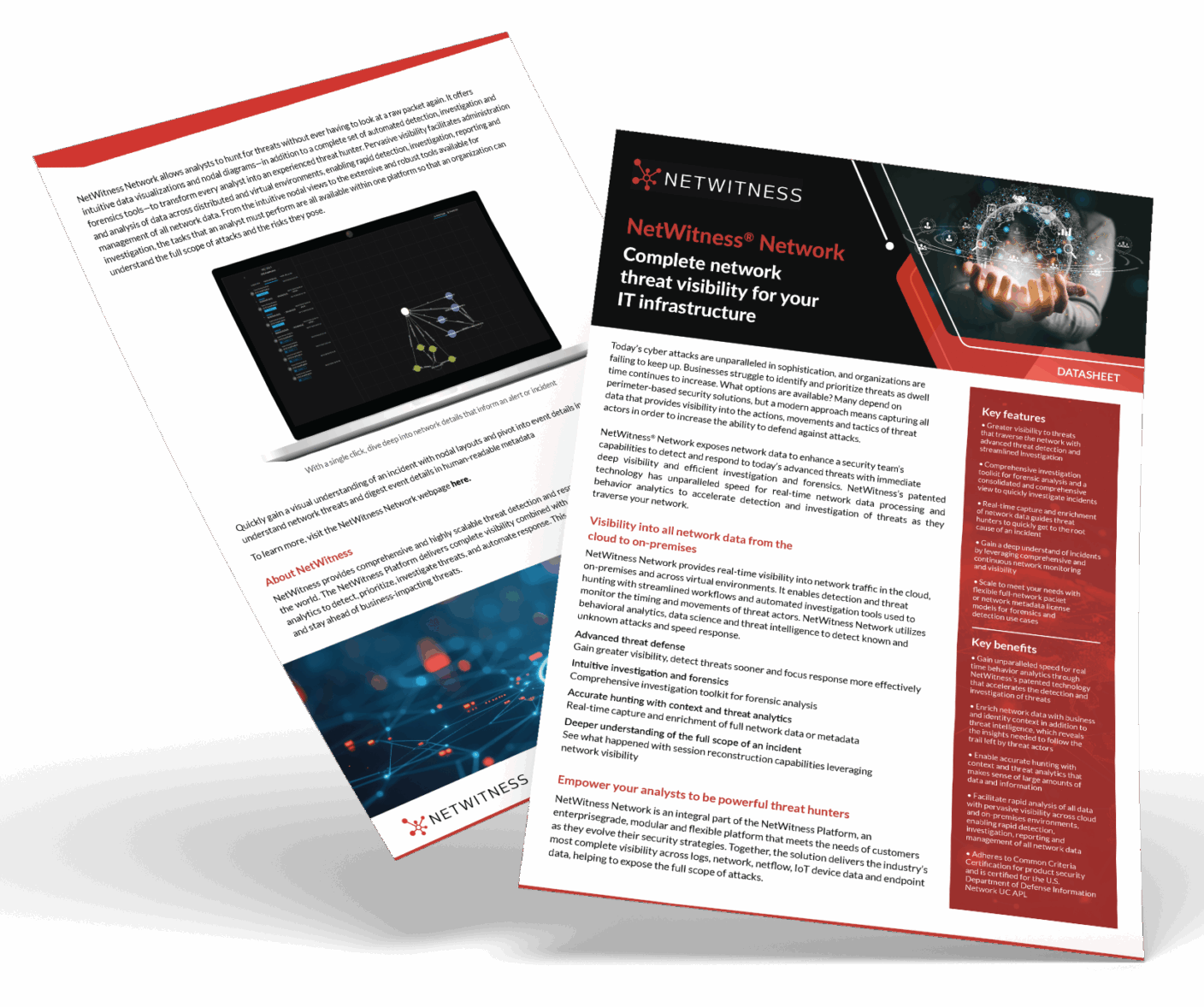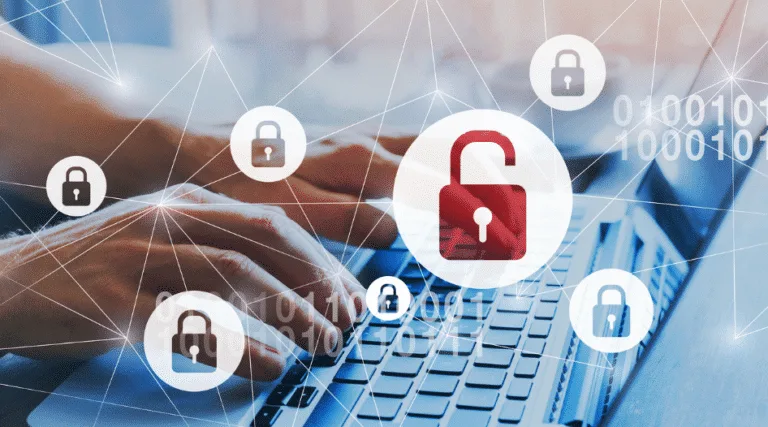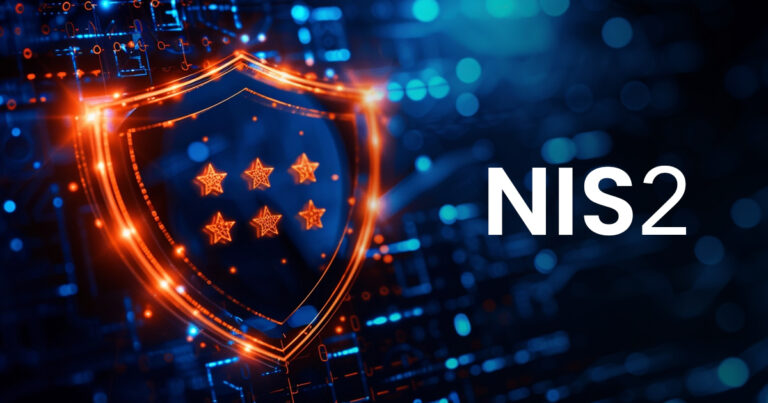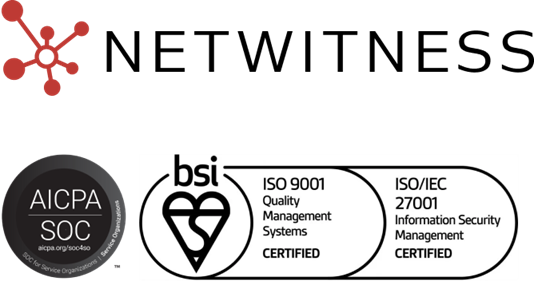Key Highlights
- NDR security delivers continuous monitoring and deep visibility across remote and hybrid networks.
- Helps reduce attacker dwell time and uncover lateral movement earlier.
- Essential for organizations struggling with limited visibility and unmanaged devices in remote work.
- Cyber security NDR provides stronger detection for encrypted traffic and cloud-based activity.
- Acts as the missing detection layer in SASE architectures.
- Works alongside SIEM and EDR to build full-environment coverage.
Introduction
Most cyberattacks don’t kick down the front door. They slip through side windows left open by remote workers. And your firewall won’t catch them.
Remote work has become a permanent fixture for many organizations. While it offers flexibility and operational efficiency, it also creates new vulnerabilities for cyber attackers to exploit. Traditional perimeter-based security models often fall short in detecting and responding to threats in distributed workforces. This is where Network Detection and Response prove essential.
NDR cybersecurity provides deep, continuous visibility into network activity, enabling organizations to detect sophisticated threats, reduce attacker dwell time, and accelerate incident response across both on-premises and remote environments. As remote work reshapes how companies operate, investing in the right NDR solution is no longer optional, it’s foundational to modern cybersecurity.
Understanding Cyber Security NDR
NDR cybersecurity refers to solutions that continuously monitor, detect, and respond to threats within an organization’s network, both internally and externally. NDR is different from firewalls and antivirus tools. While those focus on the perimeter or endpoints, NDR looks closely at the network layer, where many threats go unnoticed.
Platforms like NetWitness NDR solution are specifically designed to support remote and hybrid environments. With full coverage across on-premises, cloud, and virtual infrastructures, NetWitness serves as a strong ally for distributed teams, helping security teams detect threats across all locations, users, and devices in real time.
Key Capabilities of NDR cybersecurity:
- Behavioral Analytics: Identifies anomalies that deviate from typical network behavior.
- Full-Packet Capture & Metadata Analysis: Offers deep insights into network traffic, aiding forensic investigations.
- Encrypted Traffic Analysis: Detects threats hidden within encrypted network traffic without needing decryption.
- Automated Threat Detection & Response: Reduces manual workload and speeds up remediation.
- SASE Integration: Integrates with Secure Access Service Edge solutions to monitor encrypted traffic and remote user activity, ensuring visibility even beyond the corporate perimeter.
By pairing an NDR solution with SASE, organizations gain granular insight into traffic flowing through cloud access points, VPN alternatives, and remote edge devices, where traditional tools lose visibility.
Session reconstruction also enables analysts to retrace attacker behavior, especially important when remote or unmanaged endpoints are involved.

How NDR Cybersecurity Solves Key Remote-Work Challenges
1. Extended Attacker Dwell Time
Attackers can remain inside networks for weeks or even months without detection. NDR helps reduce this dramatically by continuously monitoring network traffic and flagging suspicious activity in real-time.
In fact, the median time that threats go unnoticed has recently dropped down significantly from previous years, highlighting the growing impact of faster detection tools like NetWitness NDR.
2. Lack of Visibility
Remote work introduces more unmanaged devices and fragmented environments. NDR stitches together a complete picture, giving security teams visibility into all communications, regardless of device or location.
3. Slow Incident Response
NDR cybersecurity accelerates detection and response by automatically correlating data across the network, reducing the time it takes to understand and contain threats.
4. Encrypted Traffic Blind Spots
NetWitness analyzes encrypted traffic using metadata and behavioral analysis, avoiding privacy issues.
5. Shadow IT and Unmanaged Devices
An NDR vendor solution identifies unauthorized devices and services that may create vulnerabilities.
Proactive Network Threat Detection with NetWitness® NDR
-Spot threats fast with AI-driven analytics.
-See everything across your network and cloud traffic.
-Investigate efficiently with built-in forensic tools.
-Adapt and scale to meet growing security needs.

Why SASE Needs NDR Cybersecurity for Complete Protection
SASE is now central for securing remote work, but it’s not a complete detection and response solution.
Here’s the thing: SASE is great at enforcing access policies, but it doesn’t provide the forensic depth or threat detection that NDR security offers.
- SASE decides who gets access
- NDR tells you what they’re doing once inside
- SASE blocks known threats
- NDR uncovers unknown and stealthy behavior
NetWitness NDR integrates with SASE frameworks to give SOC teams visibility into encrypted traffic, lateral movement, and post-authentication behavior, even when users are off the corporate network.
NDR vs EDR: What’s the Difference?
Understanding the NDR vs EDR solution distinction is key to building a comprehensive security posture.
| Feature | EDR (Endpoint Detection) | NDR (Network Detection) |
| Visibility | Endpoints only | Network-wide (devices, users, traffic) |
| Focus | Malware & host-based threats | Network anomalies & lateral movement |
| Best For | Managed devices | Full environment (including unmanaged) |
| Encryption Detection | Limited | Behavioral analysis within encrypted flows |
| Remote Coverage | Weak without VPN | Strong, even for remote/cloud assets |
While EDR is essential, NDR complements and extends visibility, especially when dealing with unknown threats in hybrid environments.
Why Choose NetWitness as Your NDR Vendor
NetWitness offers a powerful NDR platform that is purpose-built for modern hybrid environments. Whether your users are on-prem, in the cloud, or working from home, NetWitness provides the visibility and speed you need to respond to threats effectively.
1. Comprehensive Network Visibility
NetWitness captures full packets and metadata across cloud, on-prem, and virtual environments. It leaves no blind spots.
2. Advanced Threat Detection
Combines machine learning with threat intelligence to detect known and unknown threats, including those hidden in encrypted traffic.
3. Forensic Investigation
NetWitness allows you to reconstruct entire network sessions for forensic deep dives—critical during post-breach analysis.
4. SIEM + EDR Integration
Seamlessly works alongside SIEM and EDR tools to provide complete context and reduce alert fatigue.
5. Support for Cloud NDR
Monitors network traffic within and across cloud environments, making it ideal for businesses with remote access or hybrid models.
The Role of Network Forensics in Modern Threat Response
When incidents happen, the speed and depth of your forensic capabilities can determine the scale of impact. NetWitness stands out with its robust forensic investigation tools.
NetWitness Network Forensic Capabilities:
- Full-Packet Capture: Every packet is captured and stored for detailed post-event analysis.
- Session Reconstruction: Rebuilds attacker communication to understand intent and timeline.
- Threat Enrichment: Adds threat intelligence to investigations to validate and prioritize incidents.
- Endpoint Correlation: Pairs with endpoint data to trace an attacker’s entire footprint.

Concluding Insights on NDR in Remote Environments
Remote work has dissolved perimeters and expanded visibility gaps. SASE helps secure access, but it doesn’t detect stealthy behavior. That’s where NDR security comes in.
NetWitness offers a proven platform tailored for distributed, cloud-enabled environments. With behavioral analytics, forensic depth, encrypted traffic visibility, and real-time detection, organizations can protect remote users wherever they work.
If you don’t have deep visibility into network behavior, especially across remote and cloud environments, it’s time to explore how NDR works and where it fits in your security stack. .
Frequently Asked Questions
1. How does NDR work?
NDR works by continuously monitoring network traffic, analyzing behavior, detecting anomalies, and correlating signals to uncover threats, including hidden or lateral movement activity.
2. How does NDR differ from EDR?
EDR focuses on endpoints like laptops and servers. Cyber security NDR monitors the entire network, including cloud services, east-west movement, and encrypted flows.
3. Can NDR help secure remote workers?
Yes. NDR solutions like NetWitness give clear visibility to traffic from remote users, cloud apps, and unmanaged devices.
4. Does NetWitness support cloud NDR?
Absolutely. NetWitness monitors cloud, hybrid, and on-prem networks from a single console.




